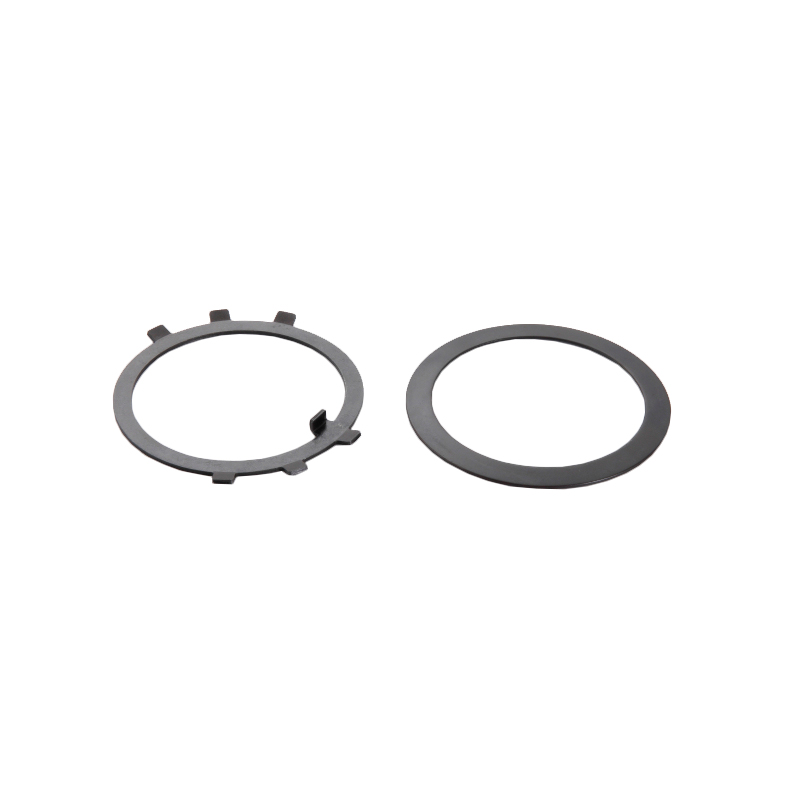How Automotive DIN 134 Flat Washers Improve Load Distribution
When it comes to securing fasteners in high-performance automotive applications, the role of an Automotive DIN 134 Flat Washer is often underestimated. However, these small yet essential components play a critical part in ensuring the even distribution of loads, reducing stress concentrations, and enhancing the longevity of mechanical connections. Without proper load distribution, bolts and nuts can dig into the surface of materials, leading to localized deformation, premature wear, and potential failure of the entire assembly.
From a technical perspective, the primary function of an Automotive DIN 134 Flat Washer is to create a uniform bearing surface beneath the head of a bolt or nut. This prevents excessive pressure from being applied to a single point, which is particularly important in the automotive industry, where vibrations, dynamic loads, and thermal expansion can place significant strain on fasteners. A washer that is too thin or improperly sized may fail to provide the necessary support, leading to bolt loosening or even catastrophic mechanical failure. Engineers and designers must carefully consider the dimensions and material of these washers based on the specific demands of each automotive application.

In addition to load distribution, the stress concentration around bolted joints is another crucial aspect to analyze. A bolted connection without a washer experiences high-stress points around the edges of the fastener, making it more susceptible to fatigue over time. By incorporating an Automotive DIN 134 Flat Washer, stress is spread more evenly, significantly reducing the risk of microcracks or stress-induced fractures. Computational simulations and finite element analysis (FEA) have demonstrated that the inclusion of a properly selected washer can enhance the durability of fastened connections by minimizing peak stress zones. This becomes particularly beneficial in components subjected to repetitive load cycles, such as engine mounts, chassis structures, and suspension systems.
Another important factor in optimizing load distribution is the selection of the right material and surface treatment for the washer. In automotive settings, where exposure to high temperatures, moisture, and corrosive substances is common, choosing corrosion-resistant materials like stainless steel or zinc-plated carbon steel can dramatically improve long-term reliability. The choice of surface coating can also impact the coefficient of friction between the washer and the mating surface, which in turn affects the tightening torque and overall stability of the assembly.
Ultimately, while often overlooked, the strategic use of an Automotive DIN 134 Flat Washer is essential for maintaining mechanical integrity, improving load distribution, and preventing stress-related failures in automotive applications. Whether in high-performance racing vehicles or everyday passenger cars, these washers contribute significantly to the longevity and safety of bolted joints, ensuring that fasteners remain secure under the demanding conditions of the road.
And Get A Free Consultation!

 English
English 中文简体
中文简体





